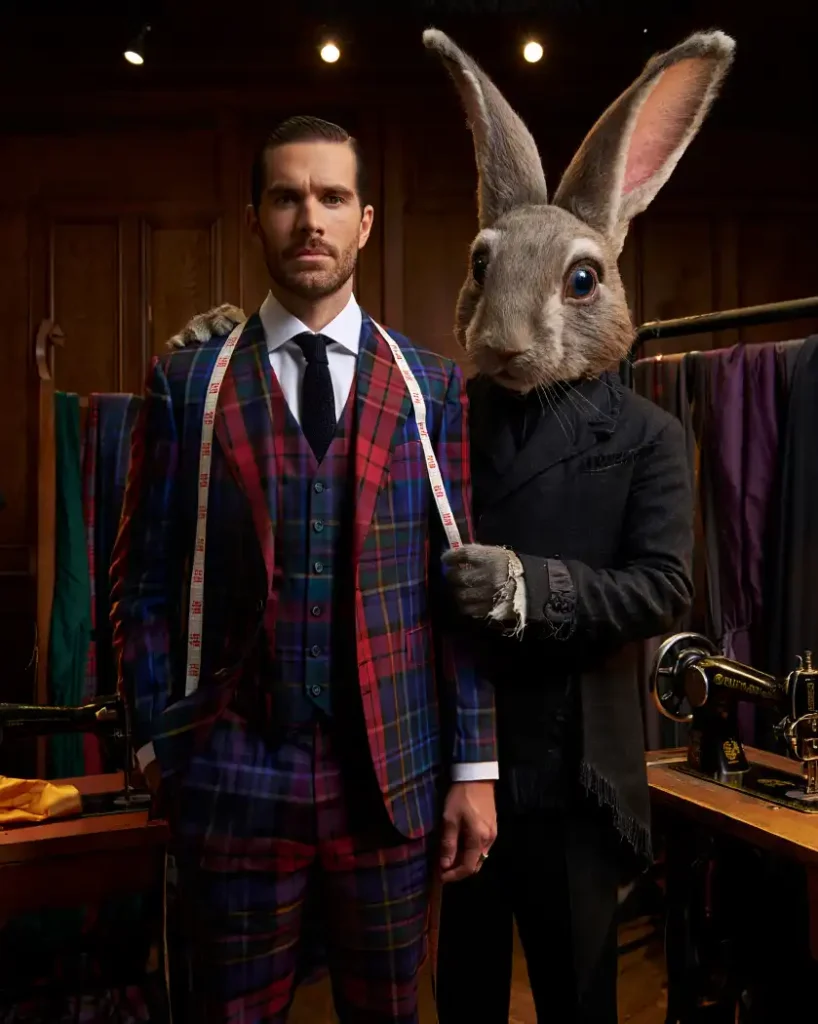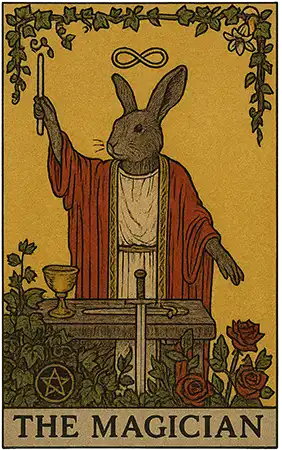Tartan: Tradition, Identity & Rebellion
Tartan is more than patterned cloth, it’s one of Scotland’s most enduring cultural symbols. Woven in striking criss-crossed bands of colour, tartan has dressed rebels, royalty, soldiers, and punks alike.
A Brief History
The roots of tartan stretch back centuries, with simple checks found in ancient cloth across Europe. But in Scotland, tartan became something greater: a badge of belonging. By the 18th century, certain patterns – or setts – were tied to specific families and regions, giving rise to the link between clans and their tartans. Wearing your tartan meant showing where you came from and who stood with you.

From Highland Clans to the Streets
After the Jacobite rebellions, the British government tried to strip tartan of its power by banning it. For decades, wearing your colours could land you in prison. Instead of killing it, that ban turned tartan into a symbol of defiance.
When the prohibition was lifted, tartan was re-romanticised through Highland pageantry and royal endorsement, becoming a marker of Scottish pride across the world. But it didn’t stay locked in tradition. By the 20th century, tartan exploded far beyond clan gatherings – appearing in catwalk fashion, punk gigs, and street protests.
Today, tartan carries a dual legacy: heritage and rebellion. It can signify belonging to a clan, or belonging to no one but yourself. Whether wrapped around a Highland warrior, a London punk, or a rebel designer, tartan remains one of the most recognisable and radical fabrics on earth.
Tartan in Modern Tailoring
At DATTs, we see tartan as more than heritage – it’s a fabric alive with possibility. In modern tailoring, tartan isn’t confined to kilts and weddings (though we love those too). A tartan jacket, waistcoat, or pair of trews can carry the weight of ancestry while cutting a defiantly contemporary edge.
From subtle checks in muted palettes to bold, clashing setts that announce you before you speak, tartan offers a spectrum of self-expression. It can whisper tradition or shout rebellion. That’s why we design tartan garments that feel just as at home in a cathedral, a boardroom, or a club at 2am.
For us, tartan isn’t stuck in the past – it’s the cloth of choice for those who want to wear their identity, their attitude, and their defiance on their sleeve.


